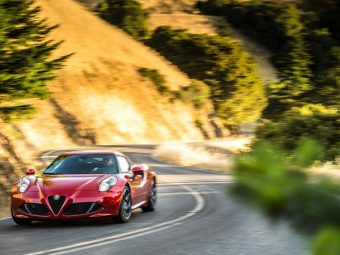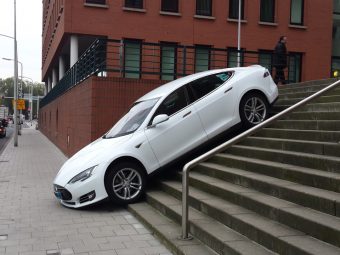Aston Martin is recycling its current models with trim and exterior upgrades more times than it wants to. People are still buying, but Aston Martin is an independent auto brand under the control of venture capitalists and with it goes a short term vision.
There are caveats, the One-77 hypercar, the reality is that the DB9 and V8 Vantage remain the firms stable bread winners and don’t mention the ill fated Cygnet. Aston Martin no longer has the deep pockets of a volume manufacture to rely on as it once did with Ford and as a result its development life cycle has dried up.
There may be some hope with Daimler, last year the German giant purchased shares and inked deals to supply Aston with new engine technology. Now Daimler will increase its small but significant holding in Aston Martin to 5 percent and supply the U.K. sports-car producer with electric and electronic parts.
Daimler could also supply Aston Martin with a platform to develop an SUV which could be ready for a 2017 launch, Aston Martin sold 4,200 vehicles in 2013, Daimlers’ Mercedes brand sold 1.46 million cars.
Aston Martin is in the midst of the biggest investment program in its history after London-based investment firm Investindustrial bought a 37.5 percent stake in December 2012.
Aston Martin’s shareholders also include Kuwaiti companies Investment Dar Co. and Adeem Investment Co., which bought the U.K. carmaker in 2007 from Ford Motor Co., the manufacturer’s owner for 20 years.








